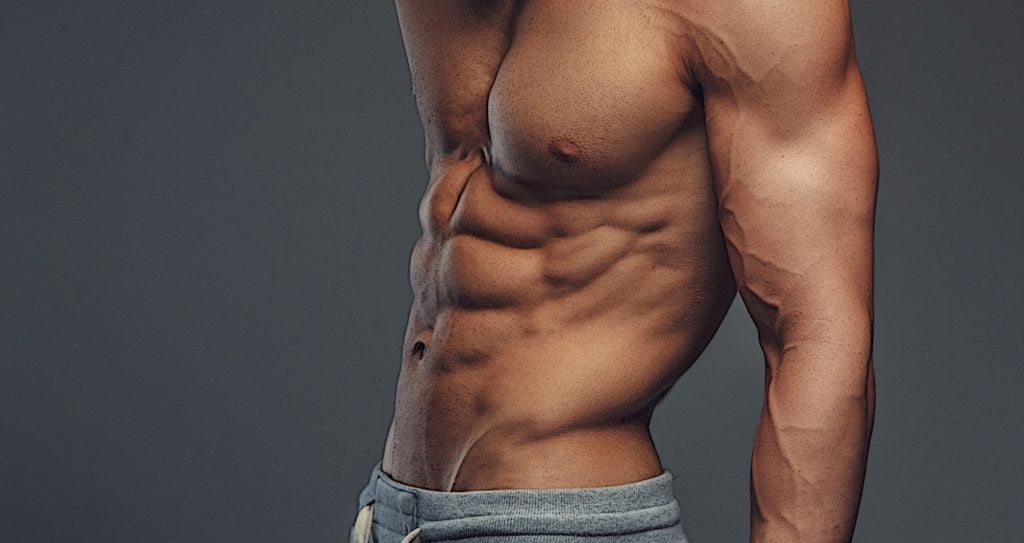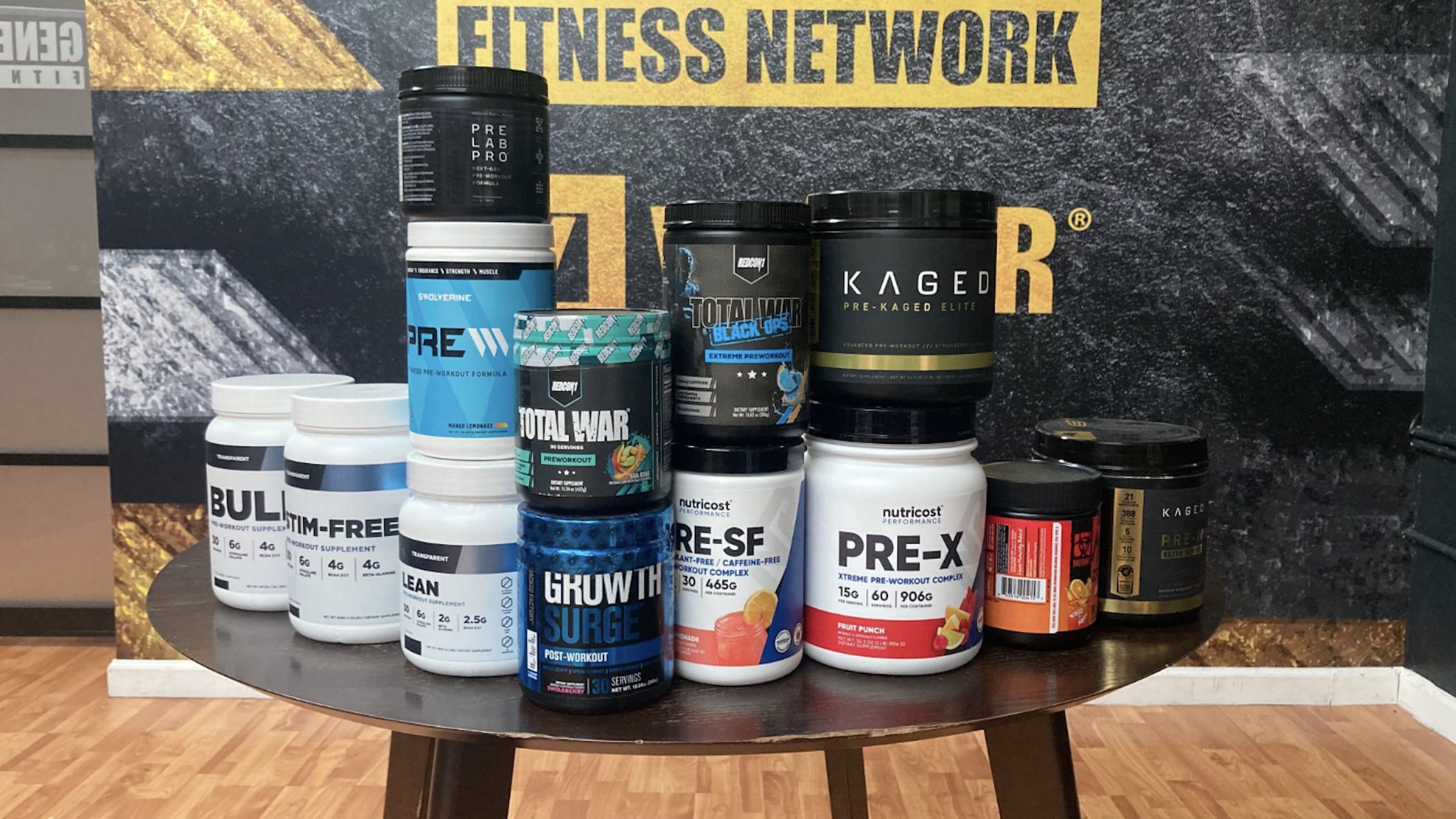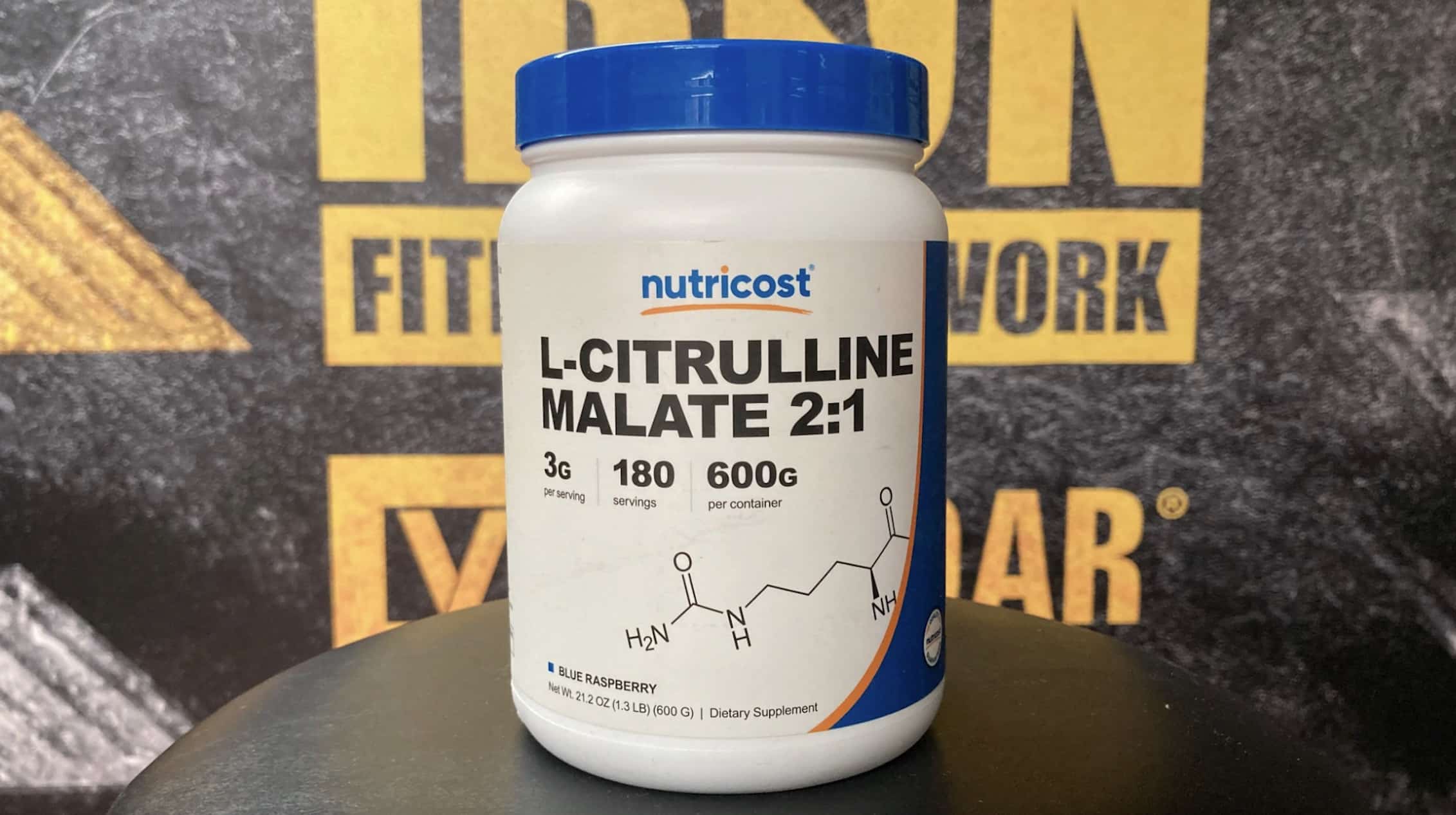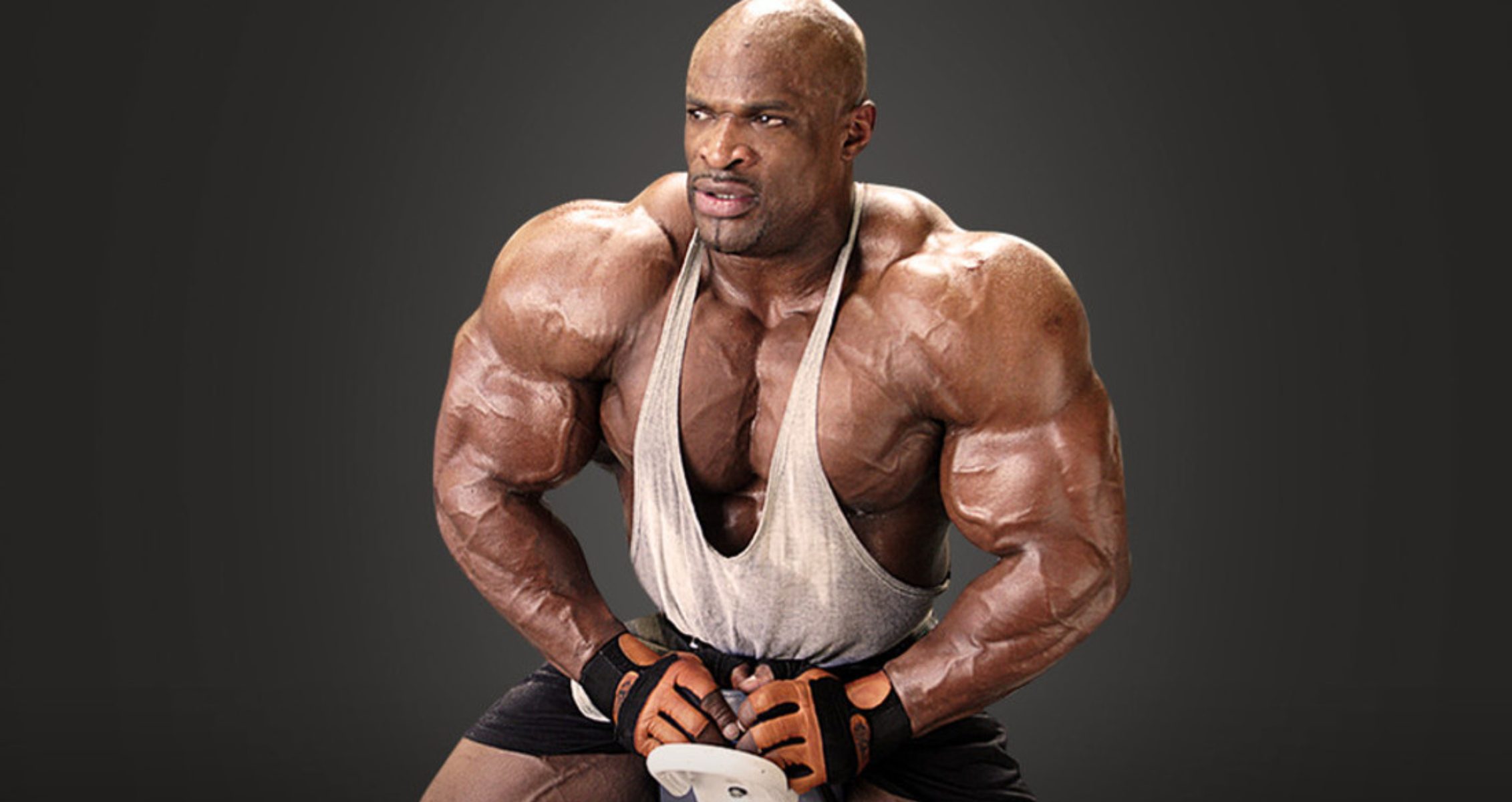The Pallof press involves pushing a resistance to activate your core.
A strong core is essential for lifters. It supports proper form during heavy lifts, helps prevent injuries, enhances movement efficiency, and improves overall performance. When building a ripped core, exercises like planks, crunches, and leg raises are often at the top of your mind. However, an underrated addition to your routine is the banded Pallof press. This powerful exercise keeps your core muscles under constant tension, helping build strength and endurance.
In this article, we explore the banded Pallof press’ benefits, the muscles it targets, and a step-by-step guide to performing it correctly. We also cover alternative exercises that work similar muscle groups.
Banded Pallof Press Technique & Muscles Worked
The banded Pallof press is a strength training exercise that works the transverse abdominis, obliques, rectus abdominis, erector spinae, glutes, and scapular stabilizers. The pressing movement also activates the shoulders, chest, and triceps muscles.
With this exercise, you can try many movement variations, but the key is to keep your body stationary while you move the bands in different directions. Extend your hands in front of you, pull the resistance band to the center of your body, and perform different isometric holds. This study shows that isometric training can help build strength and reduce accumulated fatigue in athletes (1).
The Pallof press was named after physical therapist John Pallof. Its initial name was the belly press, but this was later changed to the name of the exercise’s originator. While other core exercises focus on flexion and extension, the Pallof press adopts the resisting rotational forces approach. This makes it excellent for rehabilitation and enhancing an athlete’s performance (2).
Here is a detailed step-by-step guide on correctly doing the banded pallof press.
- Attach the resistance band to an anchor point slightly below your chest.
- Stand parallel to the anchor point and set your feet at shoulder-width length.
- Now, grab the resistance band just below your chest with both hands and step away from the anchor point until you feel resistance from the band.
- Your starting position is to fully extend your arms straight in front of you and brace your core.
- Next, initiate the movement by pushing the band straight out while resisting the pull from the resistance band.
- Hold this position, then slowly return the band while keeping your core engaged.
- Do a prescribed number of reps, then switch to the other side, repeating the same steps.
Benefits
The banded Pallof press is a core move that employs isometric holds. It can be used as a warmup to activate different muscle groups and prepare for your main exercises. A study shows that warm-ups before major exercises can help improve exercise performance (3). Below are other benefits of the banded Pallof press.
Excellent Routine for Building the Core
Core stability and strength are some of the Pallof press’s primary merits. By pressing the resistance band in different directions, you resist rotational forces and activate muscles in your core.
Improves Functional Movements
The Pallof press works your abs and obliques on a rotational plane, reinforcing your spine and the surrounding muscles. It can improve your functional movements, such as jumping and running, and performance for squats and deadlifts.
Prevents Injuries
The Pallof press works your core and strengthens your lower back, allowing you to do more advanced exercises and movements without injuries. A strong core means better form, proper posture, and improved movements, helping you with daily activities.
Alternatives
The Pallof press is the ultimate core-building exercise, and it comes with loads of other benefits, as listed above. However, experts advise varying your exercises with alternatives that build similar muscles. This prevents plateaus and isolates other muscles. Here are some alternative exercises you can try.
Russian Twists
Russian twists are bodyweight movements that primarily work the abs and obliques. This exercise can be done anywhere if you have available floor space and without any equipment. However, you can use a medicine ball, kettlebells, dumbbells or a resistance band for more resistance.
Hanging Leg Raises
Hanging leg raises are a great way to work your core. From the name, it’s all about lifting your legs off the floor and hanging them until they’re parallel to the floor. This routine also works your hip flexors and improves grip strength.
Renegade Rows
Renegade rows are a rowing variation that target your lats and rhomboids. They’re also effective core building exercises because a renegade row assumes a plank position.
FAQs
What muscles do the banded Pallof press work?
The banded Pallof press is an anti-rotation exercise that primarily works your abs and obliques. However, it also works your scapular stabilizers, erector spinae, glutes, pecs, shoulders, and arms.
Is the Pallof press better than leg raises?
The Pallof press and leg raises are core-building exercises that employ isometric holds. However, the Pallof press works the upper body muscles, including the arms, shoulders, and chest. Leg raises focus on the core and improve grip strength.
Does the Pallof press give you abs?
The Pallof press is the go-to exercise for building well-defined abs. By applying isometric movements and holding the resistance band in place, you activate the core muscles and resist rotational forces, strengthening your abs and obliques.
Follow Generation Iron on Instagram, Facebook, and Twitter for more exercise guides!
References
- Lum, D., & Barbosa, T. M. (2019). Brief Review: Effects of Isometric Strength Training on Strength and Dynamic Performance. International journal of sports medicine, 40(6), 363–375. https://doi.org/10.1055/a-0863-4539
- Oranchuk, D. J., Storey, A. G., Nelson, A. R., & Cronin, J. B. (2019). Isometric training and long-term adaptations: Effects of muscle length, intensity, and intent: A systematic review. Scandinavian journal of medicine & science in sports, 29(4), 484–503. https://doi.org/10.1111/sms.13375
- Fradkin, A. J., Zazryn, T. R., & Smoliga, J. M. (2010). Effects of warming-up on physical performance: a systematic review with meta-analysis. Journal of strength and conditioning research, 24(1), 140–148. https://doi.org/10.1519/JSC.0b013e3181c643a0








